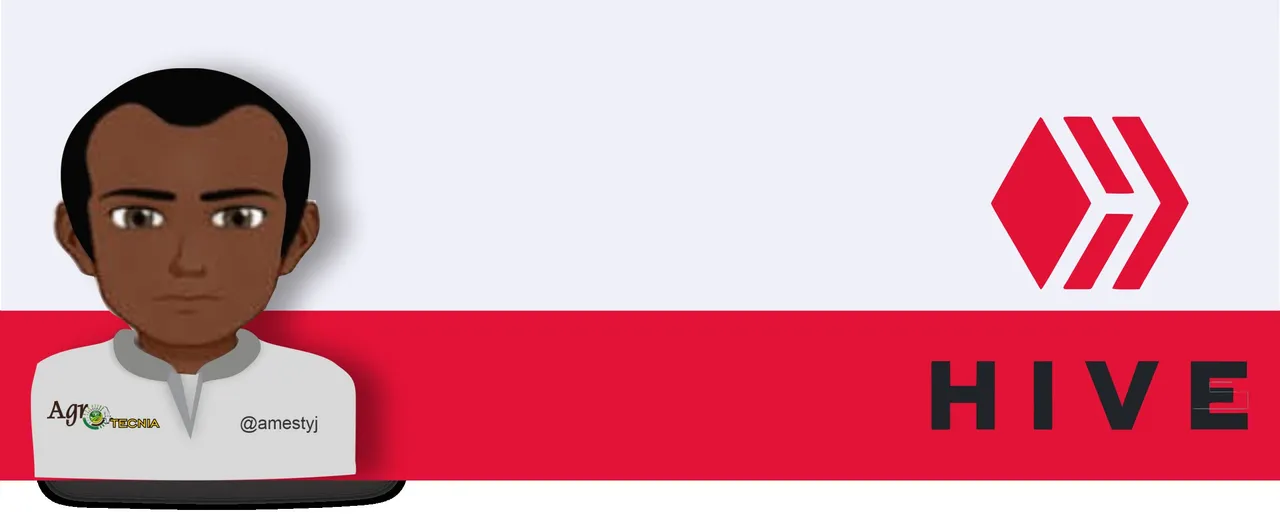In the previous article related to this topic, we made it clear that cattle are mainly divided into two large groups: the Bos primigenius taurus and the Bos primigenius indicus, this time we will talk about the Bos Indicus commonly known as cebu, it is a species that has captivated humanity for centuries thanks to its amazing ability to adapt to the most extreme climates of the planet, originating in the tropical regions of Asia and Africa, the zebu has developed unique characteristics that make it an animal of great value for agriculture and livestock farming in various parts of the world. These animals have adapted to hot and humid climates, developing distinctive characteristics that allow them to survive and thrive in adverse conditions.
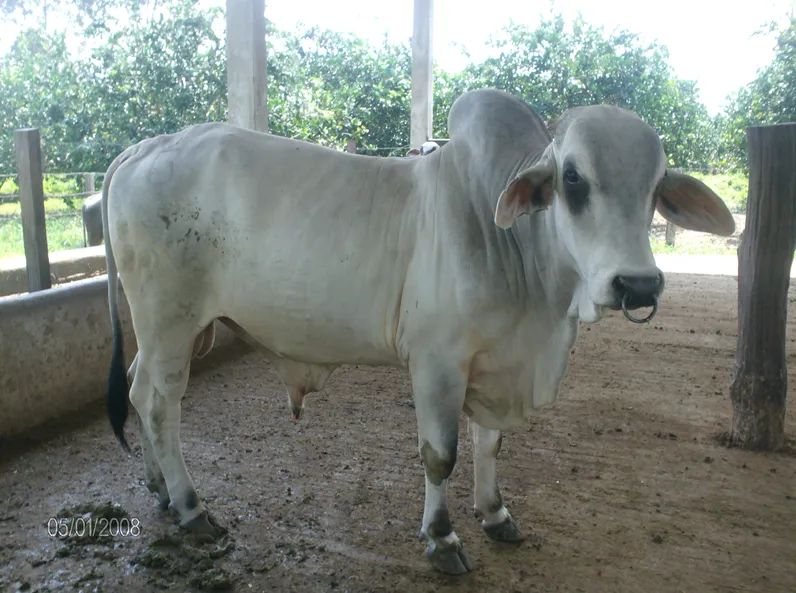
One of the most striking characteristics of the zebu is its hump, a fat reserve that provides it with energy during periods of food shortage, in addition, its thick and pigmented skin, its long hanging ears and its short coat protect it from high temperatures and solar radiation. These adaptations, together with its resistance to diseases and its efficiency in the use of low-quality forages, make the zebu an animal exceptionally well adapted to life in hot and dry environments. Below, each of the mentioned features are described in a little more detail:
- Hump: One of the most distinctive features of the zebu is the presence of a prominent hump on the shoulders, formed by an accumulation of fat. This hump serves as an energy reserve during periods of food shortage.
- Skin: Their skin is thick and pigmented, which protects them from solar radiation and insect bites.
- Ears: The ears are long and hanging, which helps to dissipate body heat.
- Horns: The horns are long and curved, varying in shape and size according to the breed.
- Coat: The coat is usually short and thin, although it may vary in color and texture depending on the breed.
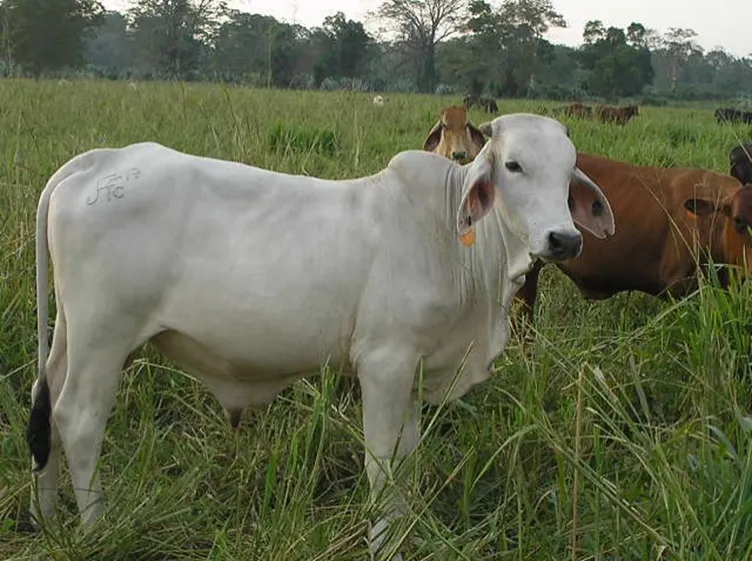
| Advantages of the species |
|---|
- Heat tolerance: Zebus possess a high tolerance to heat due to their modified sweat glands and their ability to regulate their body temperature.
- Disease resistance: They have developed a greater resistance to tropical diseases, such as foot and mouth disease.
- Efficiency in the use of forages: They are able to make the most of low-quality pastures and scarce in water.
- Meat and milk production: Although their meat and milk production is not as high as that of other breeds, their meat is of good quality and their milk is rich in fat and protein.
There are numerous breeds of Cebu, each with specific characteristics, some of the most well-known breeds include:
- Brahman: Originally from India, it is one of the most popular breeds and is widely used in crossbreeding programs.

- Nellore: Also native to India, it is a breed known for its rusticity and adaptation to tropical climates.
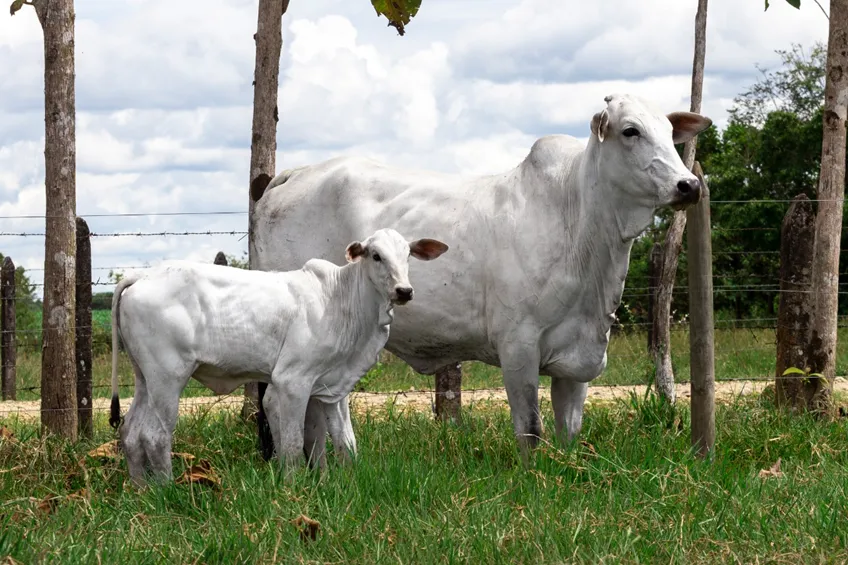
- Indubrasil: Developed in Brazil, it is a breed resulting from the crossing between Cebu and European breeds.
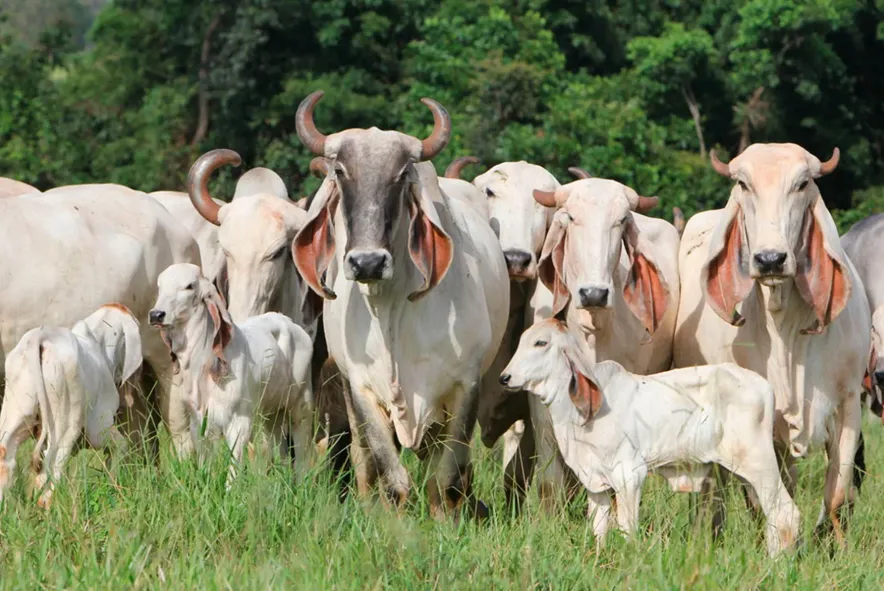
- Gyr: It is an Indian breed of Cebuino cattle.
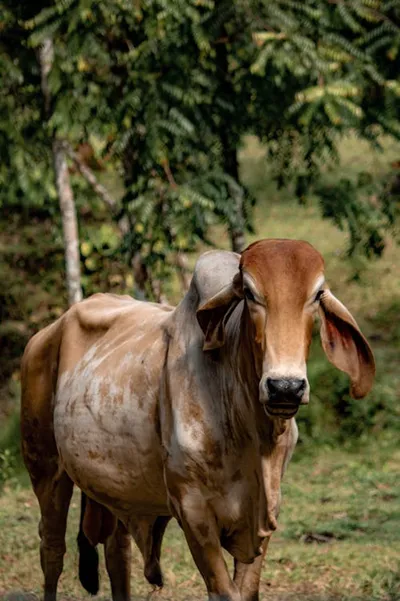
- Guzerat: It is an Indian bovine breed imported to Brazil from 1870.
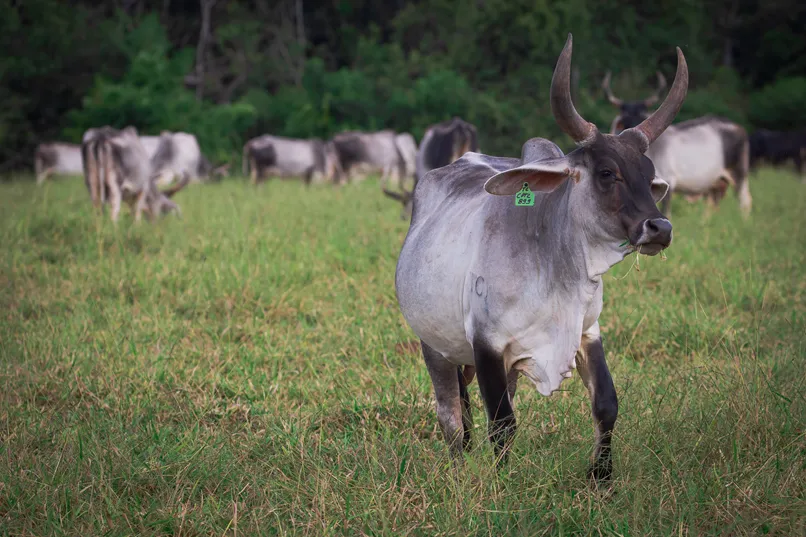
The zebu has played a fundamental role in the economy and culture of many societies throughout history.Its meat, milk and skin are used for human consumption, while its strength and endurance make it an invaluable working animal. In addition, the zebu has been crossed with other cattle breeds to improve the rusticity and adaptation to adverse climates of other livestock populations.
Dear readers, in summary, the Bos indicus cattle is much more than a simple farm animal, it is a symbol of resistance, adaptation and survival in extreme conditions, its economic, social and cultural importance make it an invaluable resource for humanity. As mentioned throughout the article the Bos indicus cattle (cebu) is a bovine species highly adapted to hot and humid climates. Their physical and physiological characteristics allow them to survive and thrive in adverse conditions, which makes them a valuable option for animal production in tropical regions.
| Bibliographic references |
|---|
- Camp Library (2002). Agricultural manual. Editorial Comarpe, Bogotá: Colombia.

Sources
- Photography and images: The images shown in the article are our own and in the public domain, information that can be verified at the bottom of each photograph.
- Agrotecnia banner: made by the author @amestyj with own images
- Hive Banner: Designed by the author @amestyj with image owned by hive.


